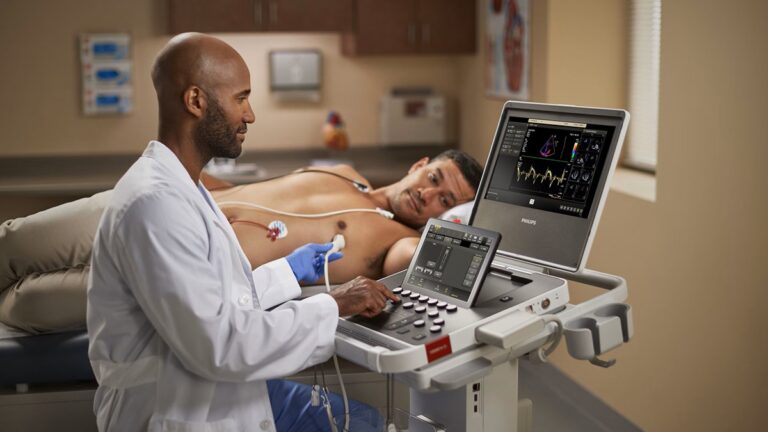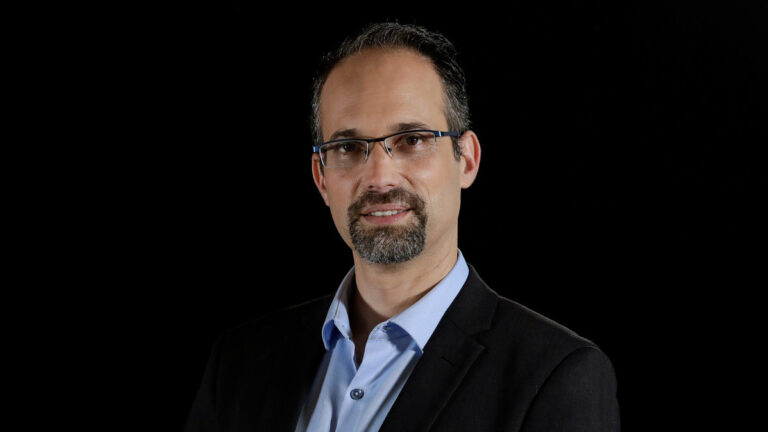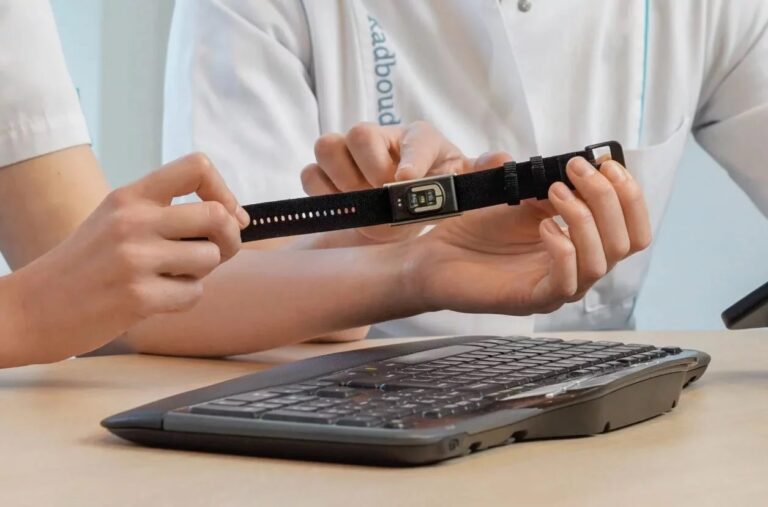Better collaboration, communication
The system may also facilitate collaboration and better communication among team members in the operating room. The importance of teamwork and its positive impact on patient care were the focus of a feasibility study conducted by a team of Harvard researchers (Annals of Surgery, March 2014). Nearly half of the participants (221 active operating room members) ranked “improving communication” as the most important change they would make in their clinical practice.
“Effective communication is vital to achieving optimal surgical care and patient outcomes,” said John B. Miller, M.D., an adult retina surgeon and Director of Retinal Imaging at Mass. Eye and Ear. “By giving everyone in the operating room the same great surgical view, we can work more smoothly as a team to provide even better patient care.”
Reduce fatigue
With retina surgeries lasting from thirty minutes to three hours, the ergonomic “heads-up” design of NGenuity is designed to help reduce surgeon fatigue as well as degenerative back and neck disease, common after many years of traditional microscope use. During surgery, the team wears 3D glasses to operate while looking straight ahead at the magnified, high definition 3D screen. Rather than bending their necks to look through the eye-pieces of a microscope, surgeons can sit at their most ergonomic position throughout surgery.
"Heads-up surgery can decrease surgeon fatigue, which may translate into safer surgeries for patients, and longer operating careers for surgeons,” said Yoshihiro Yonekawa, M.D., a pediatric and adult retina surgeon at Mass. Eye and Ear and Boston Children’s Hospital. The enhanced 3D visualization also requires lower light levels while maintaining an ultra-crisp view of the retina. “This can potentially reduce light toxicity, which may benefit patients, because although rare, the retina can be damaged from light exposure of conventional surgery if the levels are too intense,” said Dr. Yonekawa.




































